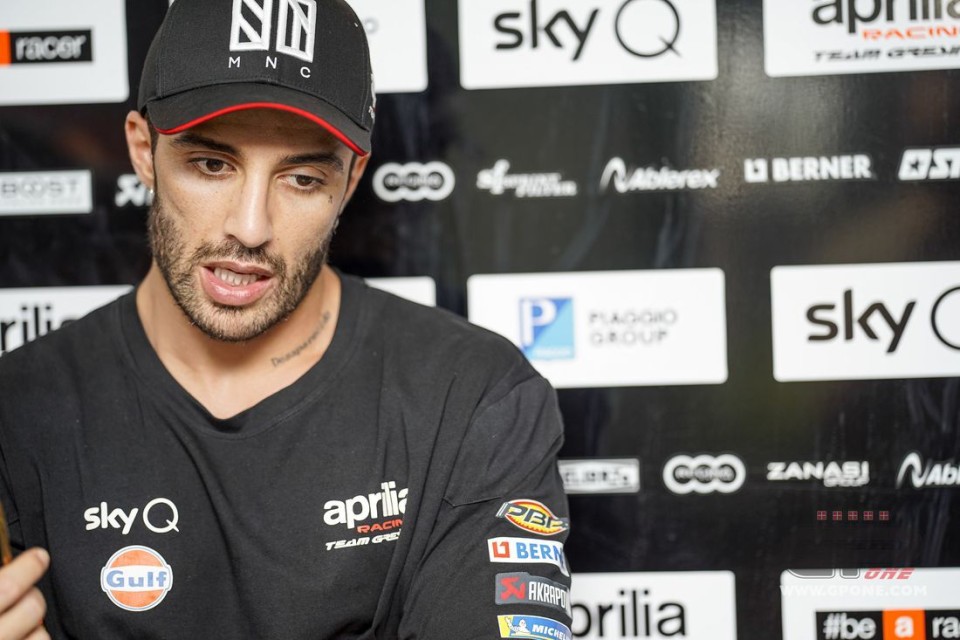The motorcycling world is not used to doping cases, and many are wondering what's going to happen to Iannone after he was tested positive for a banned substance: androgenic anabolic steroids, to be precise. First of all, we have to understand what we're talking about because these hormones are not only used to improve performance but also to treat injuries. They can, in fact, relieve joint pain and promote the healing of various injuries.
We do have to remember that Andrea injured his left shoulder at Misano, which had forced him to miss the race. But we also have to remember that, if prohibited substances are taken for treatment, the rider must send a request to the FIM's Medical Commission.
Right now, the only thing certain is that this substance was found in the first sample examined by a laboratory accredited by the WADA (World Anti-Doping Agency). At this point, the FIM practically automatically issued a temporary suspension ex officio for Iannone.
How long will it take?
But they're still only in a preliminary phase of the investigation. Andrea can now do one of two things: the first is to request a counter-analysis on a second sample, the other is to ask for the suspension to be annulled. To do so, he must send a written request, with his own reasons, to the CDI (International Disciplinary Court) within 15 days from the official notification that, however, according to what he communicated, he hasn't received yet.
Of course, if the second test results are negative, the procedure would be annulled. If it instead turns out to be positive, Iannone could appeal. First to the CDI (which will have to rule within 45 days) and, if this were to be rejected, he could then appeal to the TAS (Sports Administrative Court).
In the worst of cases, this could lead to a very long process, which could last months and become a problem, since the first tests are scheduled for early February.
What is he risking?
If Andrea is found guilty, what could happen? The maximum sentence is a 4-year disqualification, but it's not automatic. The anti-doping regulation is very complex and includes many apostils. For example, if the prohibited substance was taken or administered unintentionally (as an ingredient in another product), the disqualification is reduced to 2 years.
They must also take into consideration the willingness of the rider to "lie" about whether or not the substance was taken or administered within a context that is not related to increasing performance. If the rider's good faith is proven, everything could be limited to a simple reprimand.
Finally, with regard to the team, it risks nothing if it is not involved in administering the prohibited substance.
In short, never has it been as difficult, and inappropriate, to discuss the possible sanctions against Andrea as it is in this case. What is probably certain is that the final decision could take a while to reach.









